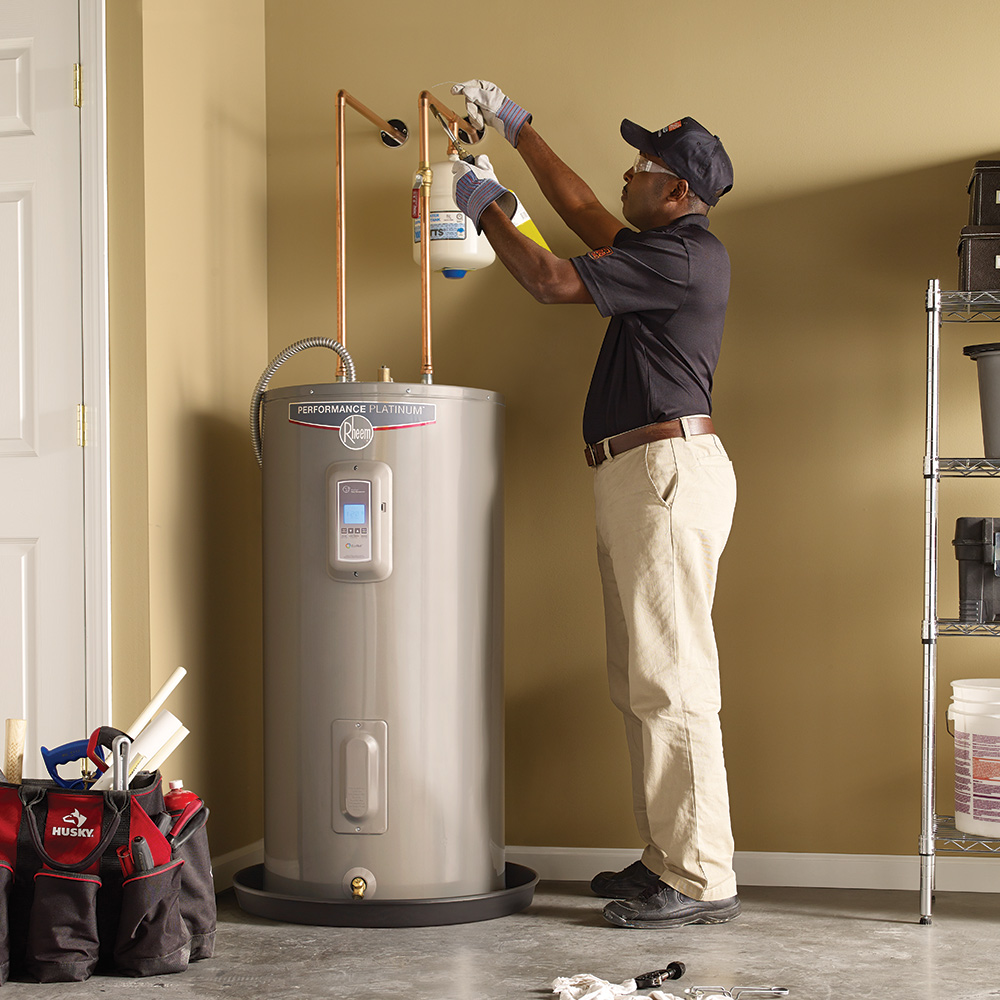Best Ways to Care for Your Home's Hot Water System Effectively
Best Ways to Care for Your Home's Hot Water System Effectively
Blog Article
We have encountered this great article involving How to Maintain Your Water Heater & Prolong its Life directly below on the web and felt it made good sense to discuss it with you on this page.

Hot water is essential for day-to-day comfort, whether it's for a revitalizing shower or washing recipes. To guarantee your hot water system runs successfully and lasts much longer, regular upkeep is key. This post gives useful pointers and insights on just how to maintain your home's warm water system to prevent disruptions and pricey repairs.
Introduction
Keeping your home's warm water system might appear difficult, but with a couple of basic actions, you can guarantee it runs efficiently for several years ahead. This overview covers whatever from recognizing your warm water system to DIY upkeep ideas and knowing when to employ professional aid.
Significance of Keeping Your Hot Water System
Normal maintenance not just extends the life-span of your hot water system yet also guarantees it runs effectively. Disregarding maintenance can bring about reduced effectiveness, greater energy costs, and even early failing of the system.
Indications Your Hot Water System Needs Maintenance
Knowing when your warm water system requires interest can avoid significant concerns. Keep an eye out for signs such as irregular water temperature level, strange sounds from the heating system, or corroded water.
Recognizing Your Warm Water System
Prior to diving right into maintenance tasks, it's valuable to comprehend the basic components of your hot water system. Generally, this includes the water heater itself, pipelines, anode poles, and temperature level controls.
Month-to-month Upkeep Tasks
Routine regular monthly checks can assist catch minor concerns prior to they rise.
Purging the Water Heater
Flushing your water heater removes debris build-up, enhancing effectiveness and prolonging its life.
Checking and Changing Anode Rods
Anode poles stop rust inside the tank. Inspecting and changing them when worn is essential.
Inspecting and Readjusting Temperature Level Setups
Adjusting the temperature setups guarantees optimal efficiency and security.
DIY Tips for Maintenance
You can execute a number of maintenance jobs on your own to maintain your warm water system in leading condition.
Checking for Leaks
Routinely inspect pipelines and links for leakages, as these can cause water damage and greater costs.
Checking Pressure Relief Valves
Testing the stress safety valve guarantees it functions correctly and protects against too much stress accumulation.
Insulating Pipelines
Shielding hot water pipes lowers warm loss and can conserve power.
When to Call an Expert
While DIY upkeep is useful, some concerns need professional competence.
Complex Concerns Requiring Specialist Assistance
Instances include significant leaks, electric troubles, or if your water heater is consistently underperforming.
Regular Professional Upkeep Advantages
Professional upkeep can include extensive assessments, tune-ups, and making certain compliance with safety and security requirements.
Conclusion
Normal maintenance of your home's warm water system is vital for effectiveness, long life, and cost financial savings. By following these suggestions and recognizing when to seek expert aid, you can guarantee a trusted supply of hot water without unforeseen disturbances.
How to Maintain an Instant Hot Water Heater
Before tinkering with your hot water heater, make sure that it’s not powered on. You also have to turn off the main circuit breaker and shut off the main gas line to prevent accidents. Also turn off the water valves connected to your unit to prevent water from flowing into and out of the appliance. 2. When you’re done, you have to detach the purge valves’ caps. These look like the letter “T†and are situated on either side of the water valves. Doing so will release any pressure that has accumulated inside the valves while at the same time avoid hot water from shooting out and burning your skin. 3. When the purge valves’ caps are removed, you have to connect your hosing lines to the valves. Your unit should have come with three hoses but if it didn’t, you can purchase these things from any hardware or home repair shops. You can also get them from retail stores that sell water heating systems. Read the user’s manual and follow it to complete this task properly. When the hosing lines are connected, open the purge port’s valves. 4. You should never use harsh chemical cleaners or solutions when cleaning your unit. Make use of white vinegar instead. It should be undiluted and you’ll probably use about 2 gallons. 5. Now flush your water heater. This task should probably take about 40 minutes. We can’t give you specific directions for this because the procedure is carried out depending on the type, model and brand of your heater. With that being said, refer to the user’s manual. 6. When you’re done draining the unit, you have to turn off the purge port valves again. Remove the hosing lines that you earlier installed on each of the water valves. Put the valve caps (purge port) back in their respective places and be very careful so as not to damage the rubber discs that are found inside these caps. 7. Now that everything’s back in place, check your user’s manual again to find out how to reactivate your water heating system. 8. Once it is working, turn one of your hot water faucets on just to let air pass through the heater’s water supply pipes. Leave the tap on until water flows smoothly out of it. https://www.orrplumbing.com/blog/2014/september/how-to-maintain-an-instant-hot-water-heater/

I'm very inquisitive about Tips on Maintaining a Water Heater and I hope you enjoyed our article. Enjoyed our article? Please share it. Help other people locate it. Many thanks for being here. Come back soon.
Click Here Report this page